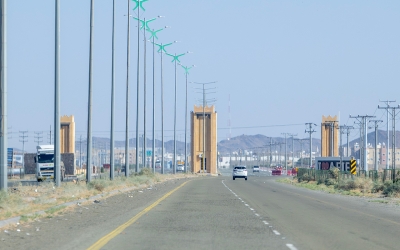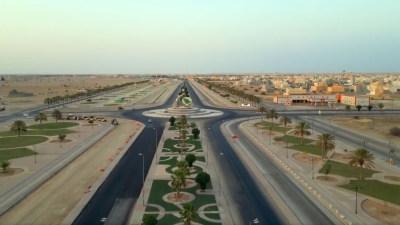
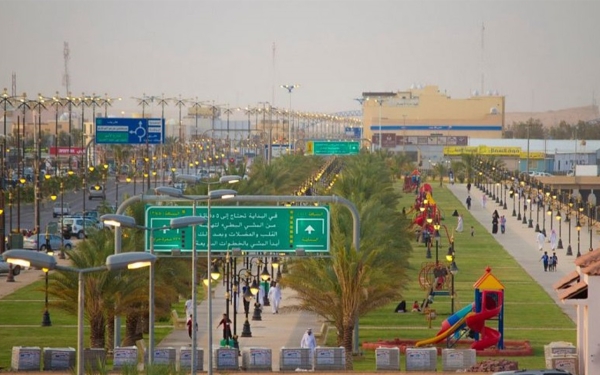
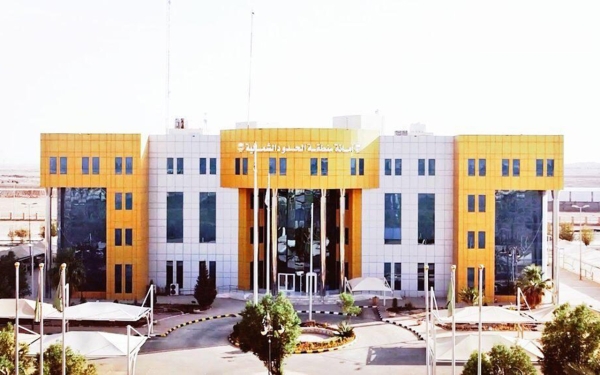
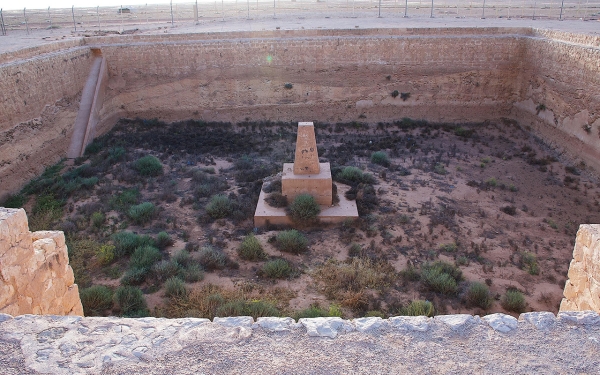
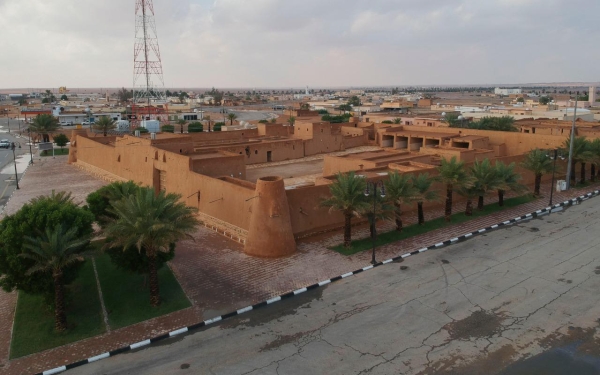
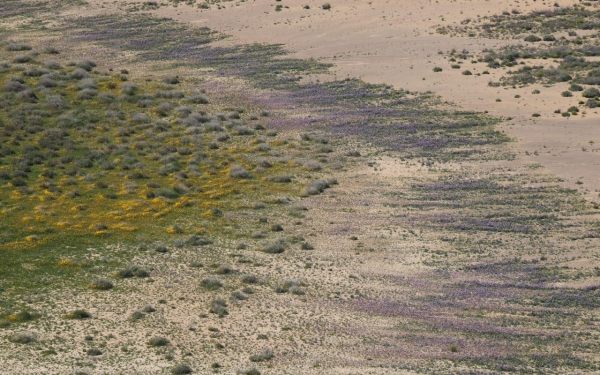
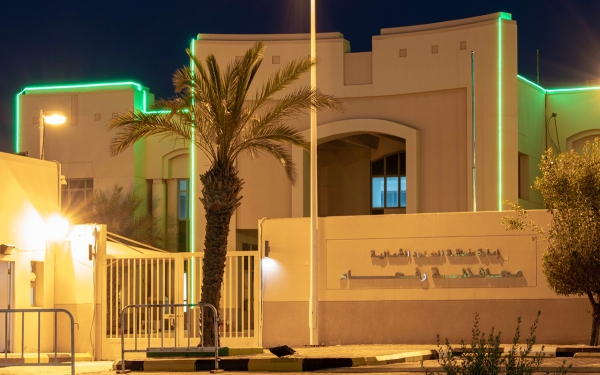
The Northern Borders Province (romanized: Minṭaqat Al-Ḥudūd Aš-Šamāliyya) is one of the thirteen administrative provinces of the Kingdom of Saudi Arabia, the eighth in terms of area, and the least populous. It is situated in the far north of the Kingdom and is bordered by two countries to the north: the Kingdom of Jordan and the Republic of Iraq, and four administrative provinces; the Eastern Province to the south, al-Qassim and Hail provinces to the southwest, and al-Jawf province to the west. The governorate of Arar is the province's administrative capital and the seat of its emirate.
Administrative division of the Northern Borders province
The Northern Borders Province is 104,000 km, making up 5.3 percent of the Kingdom's overall area. Despite its size, it is only divided into three governorates, in addition to the administrative capital, which is the least administrative division among the Kingdom's provinces. Al-Jawf province shares the same number of governorates.
Each Province is appointed a governor by Royal Order in the rank of minister. In 2017, a Royal Order issued appointing Prince Faisal Bin Khalid Bin Sultan Bin Abdulaziz as the governor of the emirate of the Northern Borders province.
Population of the Northern Borders province
The population of the province is 373,577 with a density of 3.7 people per km, representing 1.1 percent of the Kingdom's total population, with an annual population growth rate of 2.17 percent. Saudis represent 72.6 percent of the total population.
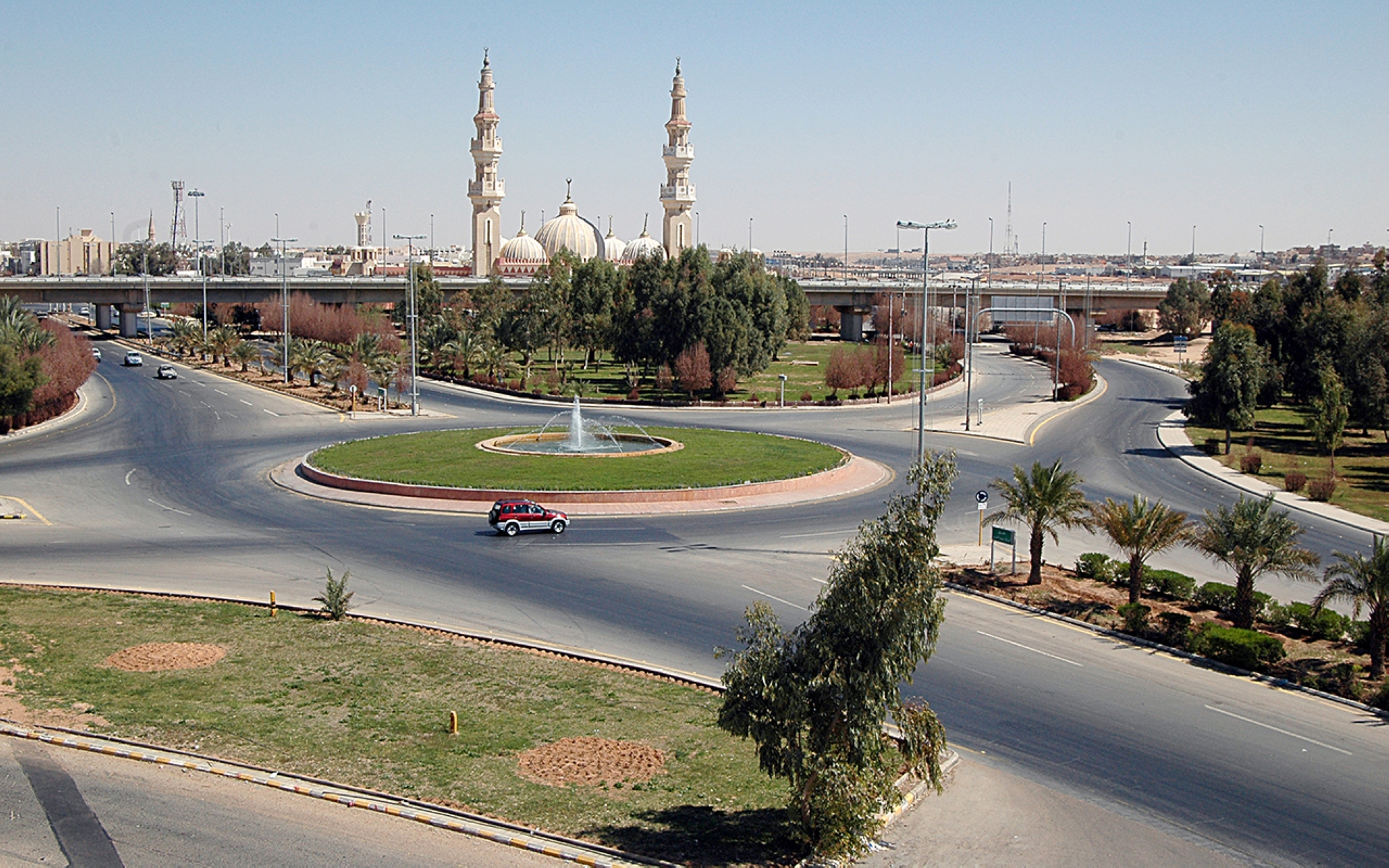
Governorates and centers of the Northern Borders province
The Northern Borders province was administratively established in 1992. Its geographical and organizational scope encompasses an administrative capital, twenty-eight centers, and four governorates: Arar, Rafha, Turaif, and al-Uwayqilah, all of which are situated on international borders.
Northern Borders province climate
In contrast to other parts of the Kingdom, the Northern Borders province climate is continental and experiences a remarkable range of temperatures, from extreme summer heat to cold winters, with temperatures dropping below zero in January and February. The Northern Borders Province also experiences snowfall on some heights, whereas most precipitation occurs during spring and winter.
Mining in the Northern Borders province
The Northern Borders province is a hub for the mining sector in the Kingdom and the third pillar of the Saudi economy after the oil and petrochemical sectors. It is also a tributary of the Kingdom’s investment sectors. Its territory contains the third-largest phosphate reserves in the world. Thus, it is qualified to become the second-largest producer of phosphate, as the city of Wa'ad ash-Shamal holds 7 percent of the estimated 2.7 billion t of worldwide phosphate reserves.
Within its borders lies the 440 km city of Wa'ad ash-Shamal, which is devoted to the extraction of precious metals, with an investment value of over SAR85 billion, making it the world's largest industrial zone specifically created for this purpose. It is financed by the Public Investment Fund, the Kingdom's main investment arm.
Besides the city of Wa'ad ash-Shamal, there is al-Jalamid phosphate mine in the village of Hazm al-Jalamid, in addition to the sulfuric acid plant that is considered capital of the industrial city of Wa'ad ash-Shamal.
Development of the Northern Borders province
The first signs of change in the Northern Borders province date back more than seventy years, as it was one of the stations on the Tapline line used to export Saudi oil to the rest of the world. It encompasses five workstations, creating a civilized community in the middle of the desert, which helped shape the social, cultural, and economic aspects of the area.
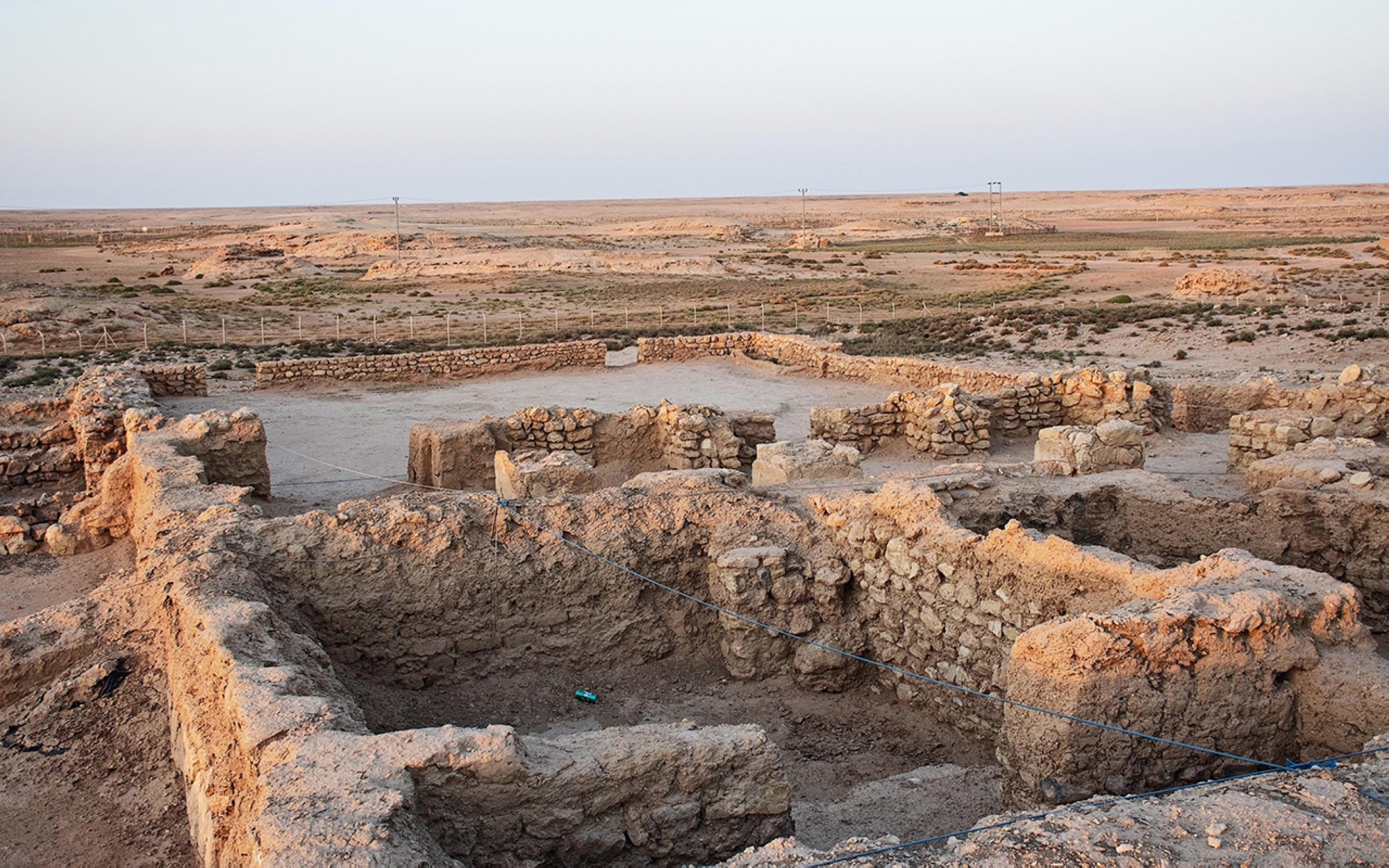
Historical and geographical significance of the Northern Borders province
The Northern Borders province gained its historical significance from its geographic location connecting the Kingdom with the outside world, as well as being a station for water and grazing centers on the Zubaydah Road, the most significant historical trade and pilgrimage route. Its territory is now home to the four historic towns of Lina, Zubala, Luqa, and Dawqarah.
The Northern Borders province is classified as a natural habitat for birds and livestock, and it has pastoral areas for camels and sheep. Additionally, it is home to peregrine falcons, making it a destination for falconry at the Kingdom level.
The province includes four natural reserves, Ma'ila, al-Owaisi, al-Gharaba, and a part of Harrat al-Hurra Reserve. Most of its land lies within the Arabian Shelf, which has contributed to its reputation for having plant and mineral resources.
Services at the Northern Borders province
The Northern Borders province includes Arar Regional Airport, Rafha Airport, and the North Train, a 1,550 km long train rail that runs between the region's phosphate mines and the ports on the Kingdom's coasts.
The Northern Borders University is the only public university in the province, headquartered in Arar Governorate with several branches around the province.
Related quizzes
Related articles
